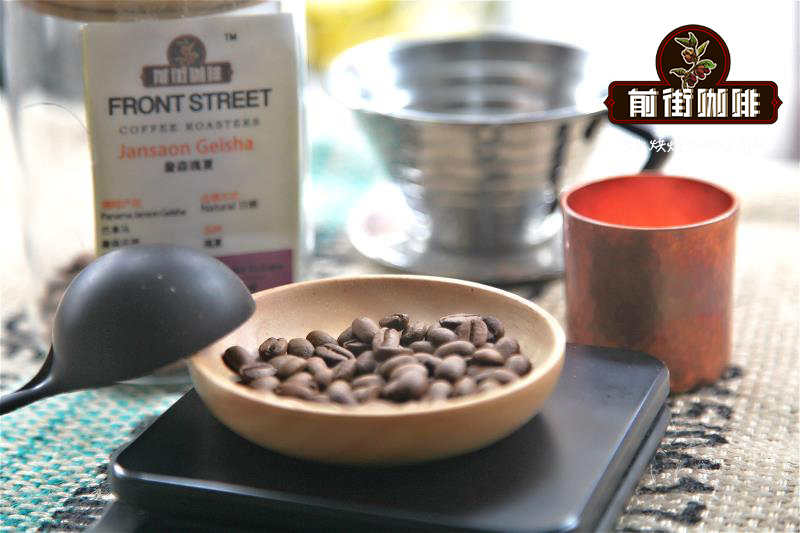What is Ethiopian Coffee belief? Ethiopian Coffee tradition

Professional coffee knowledge exchange more coffee bean information please follow the coffee workshop (Wechat official account cafe_style)
Ethiopia has an almost legendary status among coffee-producing countries, not only because it is the "birthplace" of Arabica coffee, but also because it is different from most coffee-growing countries, coffee is not a plant that colonizes foreign cash crops. Growing, processing and drinking coffee has been part of the local way of life for centuries, and it was first discovered that coffee grown in the forest was gradually artificially grown for household use and commercial sale.
From an outsider's point of view, Ethiopian coffee has a huge and complex cultural, political and economic impact. Ethiopian coffee has amazing genetic diversity, and almost 99% of coffee varieties can be found in Ethiopia.
Another unique feature of Ethiopian coffee is the very high domestic consumption, as coffee plays a very important role in the daily life of the Ethiopian people. Of the 6.5 million bags produced in the country, about 3 million bags are consumed domestically and another 3.5 million bags are exported.
Coffee is still part of a traditional "ritual" preparation, a way of reuniting family, friends and partners. The oldest woman in the family would fry the coffee in a pan, grind it up, and cook it in a pot called "jebena". She filled the thick coffee in a small cup. Then add fresh boiling water and make the coffee in the pot twice. This process takes about an hour from the beginning to the end, which is a sign of hospitality.
Most coffee growers in Ethiopia belong to small farmers, most of which cover less than 1 hectare. There are large private coffee farms, as well as cooperatives of small and medium-sized farms, where growers produce only a relatively small amount of commercial coffee raw beans.
Summary of coffee processing and flavor
Coffee is produced in several ways in Ethiopia. In large private estates, coffee picking, processing and shelling are usually done on the estate. Other small farmers will send the fresh fruits of their coffee to the nearest processing station. There their fresh coffee fruit is sold at a certain price and mixed with the fresh coffee fruit of other farmers and processed according to the requirements of the processing station.
In addition, there is a better cooperative Co-op organization similar to the peasant association, in which members of the cooperative will send their fresh coffee to the processing station designated by the cooperative. In this way, the coffee will have better traceability, because the coffee comes from the regular members of the cooperative. With the increasing emphasis on coffee quality and industry transparency, coffee traceability is very important.
The flavor of Ethiopian coffee has different flavors due to a variety of factors, including varieties, treatment methods and the unique microclimate of micro-batch plots. The general experience is that sun-processed coffee has a more obvious taste of fruit and dark chocolate, usually with a bit of wine-like characteristics and a better thickness. Coffee processed with water will also have more acidity.
Important Notice :
前街咖啡 FrontStreet Coffee has moved to new addredd:
FrontStreet Coffee Address: 315,Donghua East Road,GuangZhou
Tel:020 38364473
- Prev

Kilimanjaro coffee brewed agf Kilimanjaro flavor
For more information on coffee beans, please follow the coffee workshop (Wechat official account cafe_style) Tanzania, an East African country south of the equator, located between Lake Victoria and the Indian Ocean, Uganda and Kenya to the north, Democratic Republic of the Congo, Luanda and Burundi to the west, Malawi and Mozambique to the south, and Zambia to the southwest.
- Next

Ethiopian Coffee History Ethiopia Harald Coffee
For more information on coffee beans, please follow the coffee workshop (Wechat official account cafe_style) Ethiopia is recognized as the birthplace of coffee, but it must be added that the Arabica line was first discovered in southern Sudan and did not flourish until it spread to Ethiopia. So people here began to eat coffee fruit, at first when
Related
- Detailed explanation of Jadeite planting Land in Panamanian Jadeite Manor introduction to the grading system of Jadeite competitive bidding, Red bid, Green bid and Rose Summer
- Story of Coffee planting in Brenka region of Costa Rica Stonehenge Manor anaerobic heavy honey treatment of flavor mouth
- What's on the barrel of Blue Mountain Coffee beans?
- Can American coffee also pull flowers? How to use hot American style to pull out a good-looking pattern?
- Can you make a cold extract with coffee beans? What is the right proportion for cold-extracted coffee formula?
- Indonesian PWN Gold Mandrine Coffee Origin Features Flavor How to Chong? Mandolin coffee is American.
- A brief introduction to the flavor characteristics of Brazilian yellow bourbon coffee beans
- What is the effect of different water quality on the flavor of cold-extracted coffee? What kind of water is best for brewing coffee?
- Why do you think of Rose Summer whenever you mention Panamanian coffee?
- Introduction to the characteristics of authentic blue mountain coffee bean producing areas? What is the CIB Coffee Authority in Jamaica?

